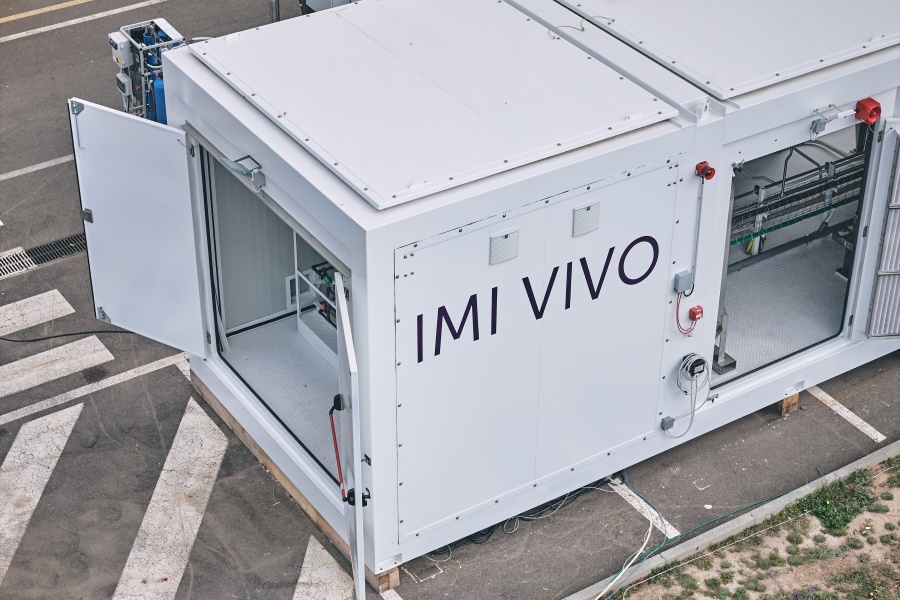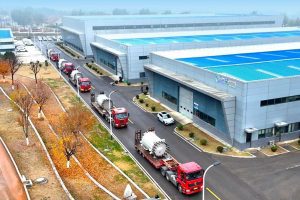Following the completion of the preliminary design phase and the acquisition of the required permits, Teca Gas awarded the EPC contract to Techfem. The scope of the contract includes executive design, safety coordination during the design phase, and full construction of the facility.
The project also features systems for hydrogen storage and compression up to 220 barg, as well as a loading bay for cylinder trailer filling, enabling distribution of the hydrogen to end users.
At the core of the facility will be the IMI VIVO electrolyser, manufactured at IMI’s design and production site in Sardinia. It is expected to operate with a maximum energy consumption of 55 kWh/kg at full capacity – below the 58 kWh/kg threshold set by Italy’s National Recovery and Resilience Plan (PNRR).
The broader aim is to establish a replicable Hydrogen Valley model in Italy that supports local hydrogen production and usage across industrial and transport sectors, aligning with approaches seen in other EU member states.
“Real change comes through strong partnerships, and the Hydrogen Valley project is a perfect example,” said Giuseppe Buscemi, EMEA President of Process Automation at IMI. “We are proud to work with Techfem and Teca Gas to deliver innovative solutions that produce green hydrogen, strengthen communities, and drive progress. Our advanced IMI VIVO electrolyser, combining high efficiency with proven reliability, will be at the heart of this sustainable energy initiative.”
Techfem CEO Federico Ferrini added: “Our goal is to create synergies and partnerships that drive change, and by working on such an impactful project with IMI and Teca Gas, we have achieved this. The project aims to promote the local use and production of hydrogen, and IMI’s electrolyser has been crucial to achieving this in line with EU guidelines.”
“This marks an important step in the development of the Hydrogen Valley Lamezia Terme project,” said Pasquale Rocca, President of Teca. “The adoption of a high-efficiency electrolyser enables us to optimise energy consumption and reduce environmental impact. Our ongoing commitment is to create tangible and sustainable value for our region, and this project is concrete proof to that vision.”
The facility is expected to become operational by 30 June 2026.






